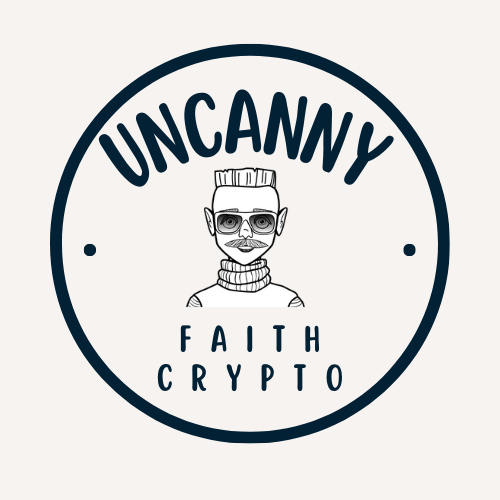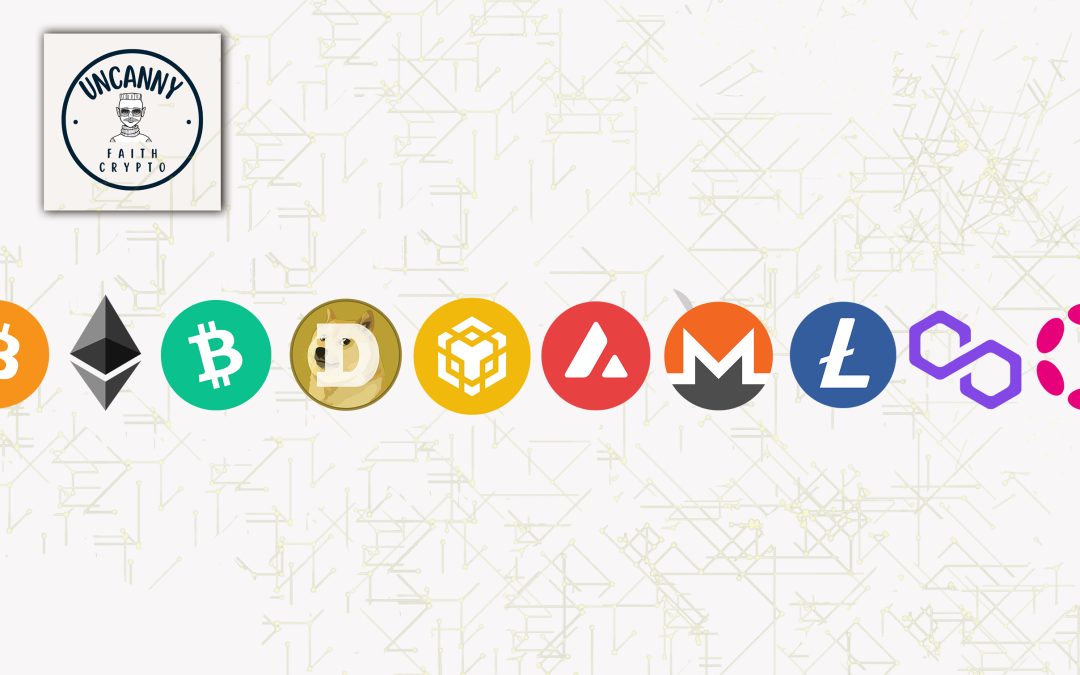EOS in 2025: Top Trends and Predictions Shaping the Crypto Industry
The cryptocurrency industry is no stranger to change. With rapid innovation, shifting market trends, and evolving regulations, staying ahead of the curve has become more crucial than ever for investors, developers, and enthusiasts alike. Among the myriad of blockchain projects, EOS has consistently stood out as a player worth watching. Originally designed to address the scalability and transaction speed issues of earlier blockchain networks, EOS remains a prominent contender in the space.
But what will EOS look like in 2025? How will it evolve in a rapidly-changing landscape, and what major trends will shape its future alongside the broader crypto sector? In this comprehensive guide, we’ll explore key predictions and emerging trends related to EOS, while also delving into the wider implications for cryptocurrencies.
The Rise of EOS: A Brief Overview
To understand the direction EOS is heading, it’s essential to briefly review its origins and current standing. Launched in 2018 by Block.one, EOS aimed to outperform Ethereum by providing a platform for decentralised applications (dApps) with significantly lower fees and higher throughput. It quickly gained traction due to its Delegated Proof-of-Stake (DPoS) consensus mechanism, allowing faster transactions compared to traditional Proof-of-Work systems.
Despite some criticism over network centralisation and governance issues, EOS has continued to power numerous projects, with active developer communities working to refine its ecosystem. So, what can we expect in the coming years?
1. Move Towards Sustainability: Green Blockchain Solutions
The crypto world has faced growing scrutiny over its environmental impact. In response, we’ve seen a global pivot towards greener practices, with blockchain networks striving to minimise energy consumption. EOS is already ahead in this regard, due to its energy-efficient DPoS model. However, by 2025, we expect EOS to adopt further advancements to position itself as a leader in sustainability.
Future trends may include:
- Carbon-neutral goals: EOS could implement eco-friendly initiatives, making the network attractive to environmentally-conscious developers.
- Integration with green energy sources: Partnerships with renewable energy projects may make EOS a preferred choice for socially responsible dApp development.
This trend isn’t just about public image—sustainability could play a pivotal role in gaining institutional interest as enterprises seek blockchain solutions that align with their ESG criteria.
2. DeFi Expansion on EOS
Decentralised Finance (DeFi) has been one of the most transformative aspects of the crypto industry. While Ethereum has largely dominated this space, EOS has witnessed increased adoption for DeFi projects thanks to its scalability and low fees.
By 2025, we predict:
- EOS becoming a DeFi hub: Developers and enterprises alike could leverage EOS for creating efficient, user-friendly DeFi platforms.
- Cross-chain compatibility: With many DeFi protocols now relying on interoperability, EOS’s collaboration with cross-chain networks like Polkadot or Cosmos could create opportunities for seamless token swaps and resource sharing.
- Yield farming and staking protocols: EOS’s ecosystem may see an influx of innovative staking and liquidity pools, driving further adoption.
As EOS becomes home to more decentralised finance tools, new users and investors will likely flock to the network for its unparalleled performance efficiency.
3. Mainstream Adoption Through Enterprise Integrations
For blockchain technology to reach its full potential, it must be embraced by large enterprises. In this regard, EOS seems poised to lead the charge in 2025. Its enterprise-focused infrastructure, coupled with improved scalability, aligns with the needs of businesses that demand robust platforms.
Expect accelerated adoption in:
- Supply chain management: Leveraging EOS for tracking goods efficiently across supply chains.
- Decentralised identity solutions: Enterprises may utilise EOS to build secure, blockchain-based identity verification frameworks.
- Partnerships with tech giants: By 2025, EOS could work alongside major corporations in technology, banking, and retail, enabling real-world blockchain use cases.
EOS’s promise of speed and low costs could attract enterprises wary of high transaction fees and delays seen on other blockchains.
4. Enhanced Governance Mechanisms
Governance has historically been one of the most debated aspects of EOS. Critics have often highlighted the potential for power concentration in its DPoS structure, where only a selected number of block producers validate transactions. However, the EOS community and developers have been actively working to address these challenges.
By 2025, new governance frameworks may focus on:
- Decentralising power further: Enhanced voting mechanisms and better oversight tools could significantly reduce fears of collusion.
- On-chain dispute resolution: A built-in framework for conflict resolution would improve transaction transparency and trust among users.
- Community-driven initiatives: By empowering token holders with increased voting options, EOS may stand out as a democratically governed ecosystem.
5. Evolving Developer Ecosystem
A blockchain network is only as strong as its developer community. As of now, EOS supports hundreds of applications, and the network continues to attract developers seeking a high-performance platform. Moving into 2025, this trend will only grow stronger.
We anticipate:
- User-friendly development tools: EOS may release updated software development kits (SDKs), enabling easier app deployment for programmers.
- Developer grants and incentives: Funding programs and competitions may encourage innovation and attract talented coders.
- Education and training programs: EOS could partner with institutions to provide blockchain courses and certifications, ensuring a steady influx of skilled developers.
6. NFT Market Growth on EOS
The non-fungible token (NFT) revolution has reshaped how digital assets are owned and monetised. While Ethereum has famously led the charge, EOS is quietly emerging as a viable player in the NFT space.
By 2025:
- Eco-friendly NFT markets: EOS’s efficient blockchain could attract creators seeking sustainable NFT solutions.
- Gaming and NFTs: The EOS network may play a pivotal role in the development of play-to-earn games, ensuring smooth integration of NFTs as in-game assets.
- Lower transaction costs: With gas fees on Ethereum still a major concern, EOS’s fee-free transactions could make it the preferred platform for new NFT projects.
7. Regulatory Evolution and Compliance
One of the critical challenges facing the crypto industry is an evolving regulatory landscape. With governments around the world introducing stricter requirements for blockchain platforms, EOS will need to adapt.
By 2025, EOS could:
- Adopt compliance-friendly frameworks: Features that cater to regulatory needs, such as identity verification and anti-money laundering tools, may be integrated into its ecosystem.
- Work with governments: EOS may collaborate with regulatory authorities to pioneer blockchain standards that help secure its legitimacy.
- Boost user confidence: By aligning with global jurisdictions, EOS can attract institutional investors looking for compliant digital assets.
FAQs: What Readers Want to Know
1. Is EOS still relevant in 2025?
Yes, EOS remains a top player when it comes to scalability, low fees, and developer-friendly ecosystems. The network’s ability to innovate will keep it relevant.
2. How will EOS address current challenges like centralisation?
By adopting improved governance mechanisms, EOS is expected to reduce the risks of centralisation and enhance trust in its ecosystem.
3. What industries will benefit the most from EOS’s evolution?
Sectors such as finance, gaming, supply chain, and identity verification are likely to benefit significantly from EOS’s advancements.
4. Why is EOS considered more sustainable than other blockchains?
EOS’s Delegated Proof-of-Stake (DPoS) mechanism consumes significantly less energy compared to Proof-of-Work networks like Bitcoin or Ethereum (pre-merge).
Final Thoughts: EOS’s Role in the Crypto Industry’s Future
By 2025, EOS has the potential to solidify its standing as one of the most versatile and efficient blockchain platforms. From capitalising on the DeFi and NFT booms to addressing sustainability concerns and improving governance, EOS is well-positioned to thrive in a constantly evolving crypto landscape.
As we look to the future, one thing seems clear: EOS’s capacity to adapt and innovate will be crucial. Whether you’re an investor, developer, or simply a blockchain enthusiast, keeping EOS on your radar is a smart move.
For those eager to stay ahead of the curve, now is the time to explore the opportunities EOS has to offer—and prepare for the exciting transformations this blockchain heavyweight is set to unleash in 2025!
Looking for more insights into blockchain and crypto trends? Dive into our blog or subscribe to our newsletter for the latest updates.

